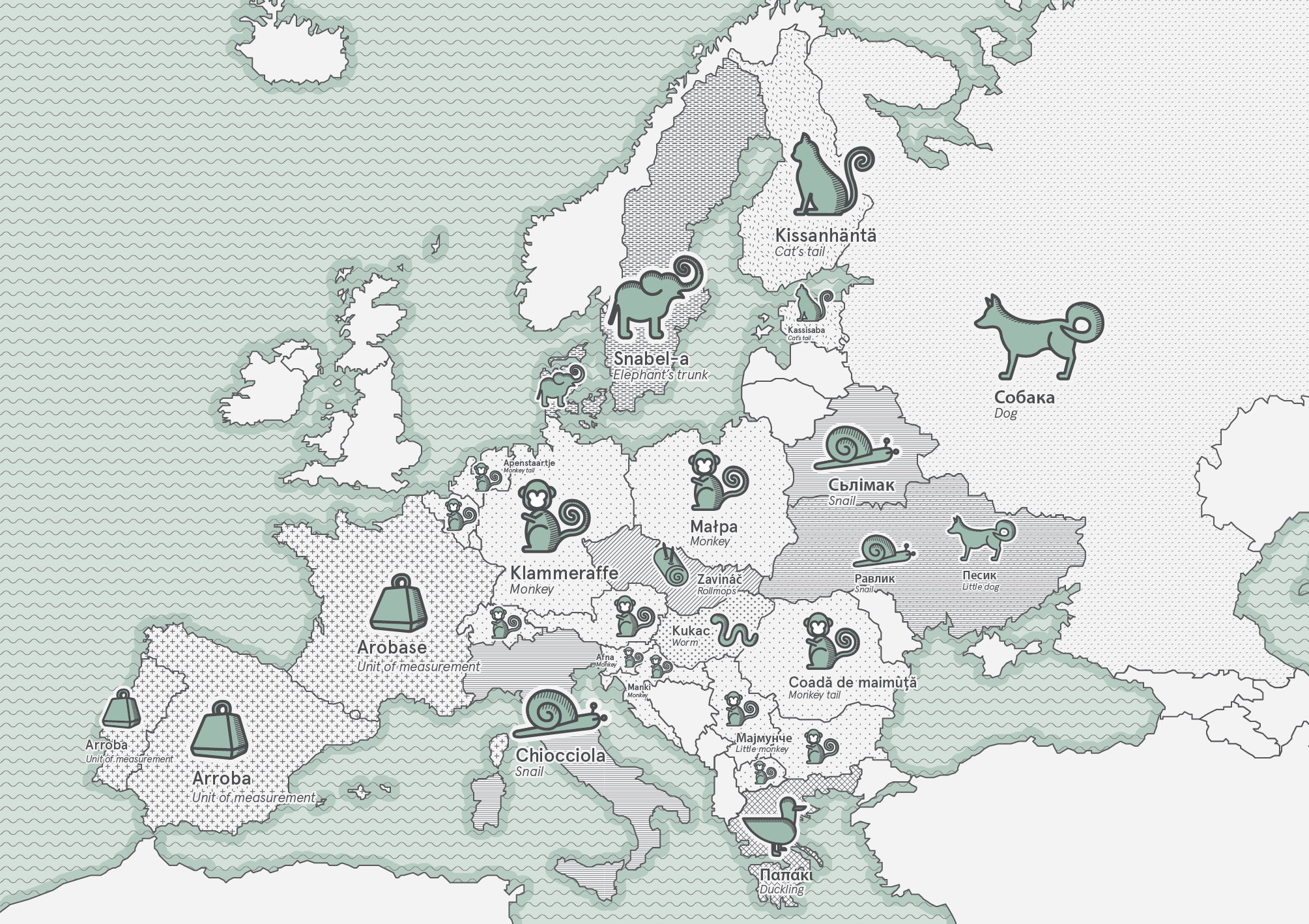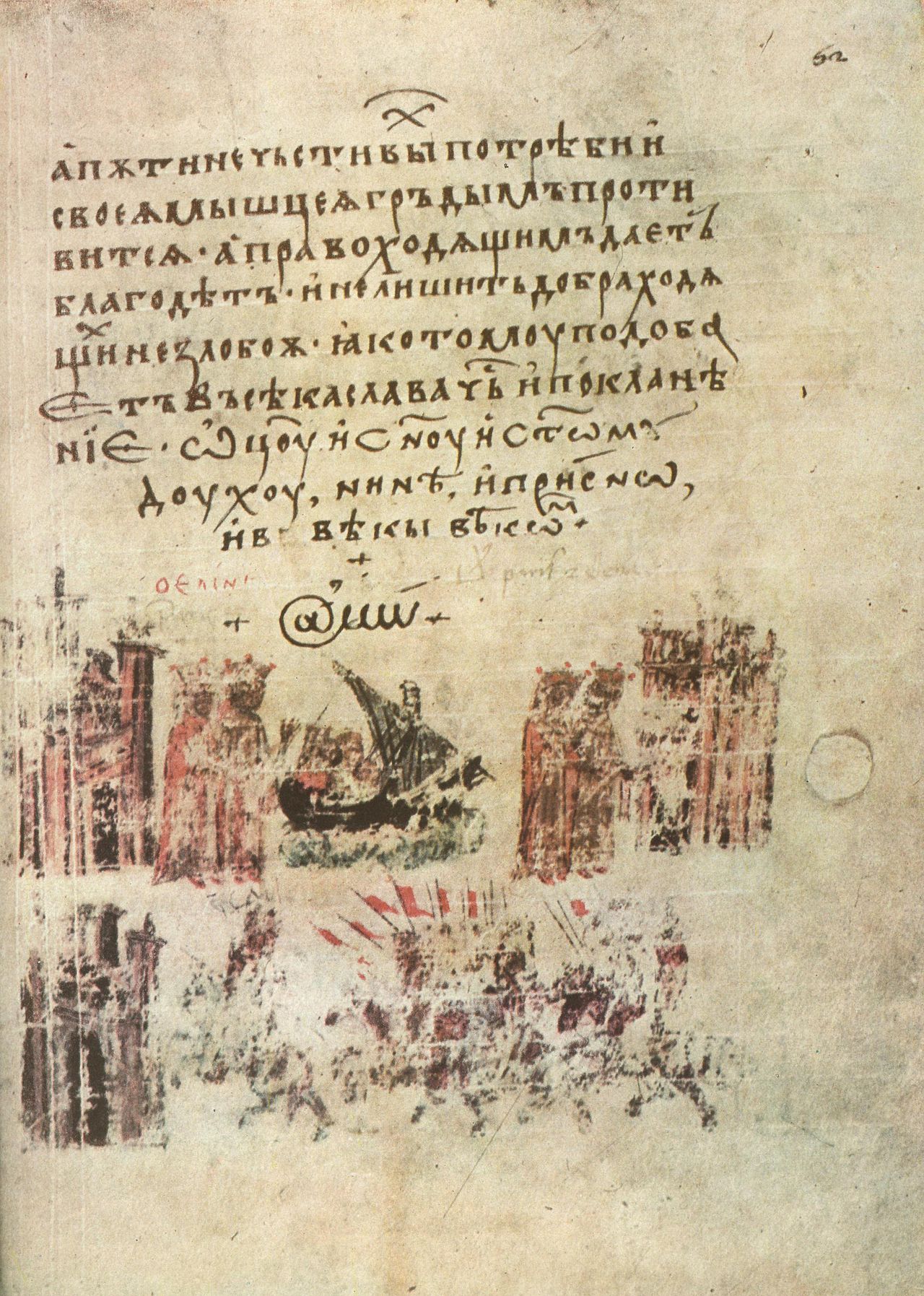Road signs in the Northern Territory | NT.GOV.AU - give way ahead sign
Floodlights
In a letter dated 1536 from Florentine merchant Francesco Lap, @ is used to stand for amphoras, a unit representing a quantity of wine. This is the first in a long series of examples of the at sign being used as a unit of measurement. In Spanish and Portuguese, for example, it is an abbreviation for the unit of weight arroba, derived from the Arabic for ‘a quarter'(الربع , pronounced ar-rubʿ).
Vision Motor Sports was established in 1997 with the mission to revolutionize the lighting industry. Today, we are doing just that. The key to Vision X’s ongoing success, unmatched quality, and performance is our team of world class engineers who have taken outlandish concepts from conception to production.
One theory purports that the @ was first created inside abbeys, where monks, who had the job of transcribing numerous copies of manuscripts and so were always looking for abbreviations, may have converted the Latin expression ‘ad’ (meaning ‘until’) into an ‘a’ combined with the final part of a ‘d’, like a sort of tail. Another possibility is that it could have been a way of speeding up writing the French word ‘à’ (meaning ‘to’) without having to remove the quill from the parchment.
CarFlood Light


The @, or at sign, now found on every keyboard and universally recognised as an email symbol, was until a few decades ago a rather obscure character, known only to accountants. But where did this oddly shaped symbol originate? And how did it come to epitomise a new way of looking at communication? In this article, we reconstruct the history of this ultra-modern symbol with surprisingly ancient roots.
Truck Flood LightBar
The Greeks see it as a duckling (papaki), while the Swedes and Danes imagine an elephant’s trunk (snabel-a). Various languages refer to monkeys and their coiled tails (apestaart in Dutch, Affenschwanz in German, malpa in Polish, maymunsko a in Bulgarian), while others envisage a dog (soba[ch]ka in Russian), cat (Kissanhäntä in Finnish and kassisaba in Estonian) or mouse (xiao lao-shu in Chinese), and in Hungarian (kukac) and Thai (yiukyiu) it is seen as a worm. In Czech it is a rolled-up herring (Zavináč) and in Bulgarian it is sometimes known as a banitsa, a type of spiral-shaped pastry.
It was the computer programmer Ray Tomlinson who completely changed the history of the @ and ensured its future fame. In 1971, while working on the internet prototype ARPANET, Tomlinson needed to find a character to use between the username and the destination address when one user sent another a message. He chose @, as it had very rarely been used in programming up to that point, and was pronounced ‘at’, the preposition meaning location or arrival at a particular place.
As noted above, @ is still used in business settings to indicate the price, although this usage is not accepted in standard typography rules. It is undoubtedly most commonly seen in email addresses.

It is also increasingly common on blogging, forum and social network platforms, to indicate usernames (e.g. @johnsmith) or when replying to a specific user or seeking to attract their attention.
KC Lights
Flood lightsymbol car
While in English the @ symbol is known rather prosaically as the ‘at sign’, around the world it is defined using countless different metaphors, everything from various animals and parts of their anatomy to local foods and dishes. Although it is sometimes called ‘a commerciale’, or ‘commercial a’, its most common name in Italian is chiocciola, meaning snail, and the Hebrew (shablul), Ukrainian (ravlyk) and Welsh (malwen) names also refer to this funny little creature.
The @ symbol’s origins are shrouded in mystery. Its first known use is in a religious text, a Bulgarian translation of a Greek Chronicle from 1345. The handwritten document, now kept in the Vatican Library, uses the @ symbol in place of a capital A in the word ‘Amen’, although precisely why remains a mystery.
Utilitytruckwork lights
The most common design features a single-storey ‘a’, even when the letter ‘a’ in the typeface is double storey, as this ensures greater legibility and clarity when space is at a premium. Less common designs feature a double-storey ‘a’, or even, in very rare cases, a capital ‘A’.
@ has a unique history, but it is not the only ancient symbol with origins lost in the mists of time that has been dusted off to define new interactions in the world of digital communication: the web has given plenty of other symbols a new lease of life too.
In the English-speaking world the symbol was then taken up in the commercial sector, with the meaning of ‘at the price per unit of‘. However, due to its rather niche usage, it did not appear on the first typewriters, produced from the mid-nineteenth century onwards. It was, however, included on the IBM 1961 Selectric typewriter as a way of indicating the price per unit.
Recognising @’s enormous value to our society in communication and cultural terms, the Department of Architecture and Design at the Museum of Modern Art in New York acquired the symbol for its collection in 2010. The symbol’s importance stems not only from the technological revolution it symbolises, but also its elegance and how apt it is for its intended purpose. Instead of inventing a new character, Tomlinson cleverly appropriated an existing, underused character with ancient origins, found a new use for it and gave it new rules and new meanings. In so doing, the at sign came to represent new forms of behaviour and relationships in a constantly changing world.
After studying in Milan, Eugenia Luchetta moved to London, where she currently works as a freelancer designing books,...
As nobody really knows the origins of the at sign, it is difficult to trace how its design evolved. Indeed, it has only been included in every typeface, and therefore gradually become standardised, over the last few decades.









 13322766566
13322766566